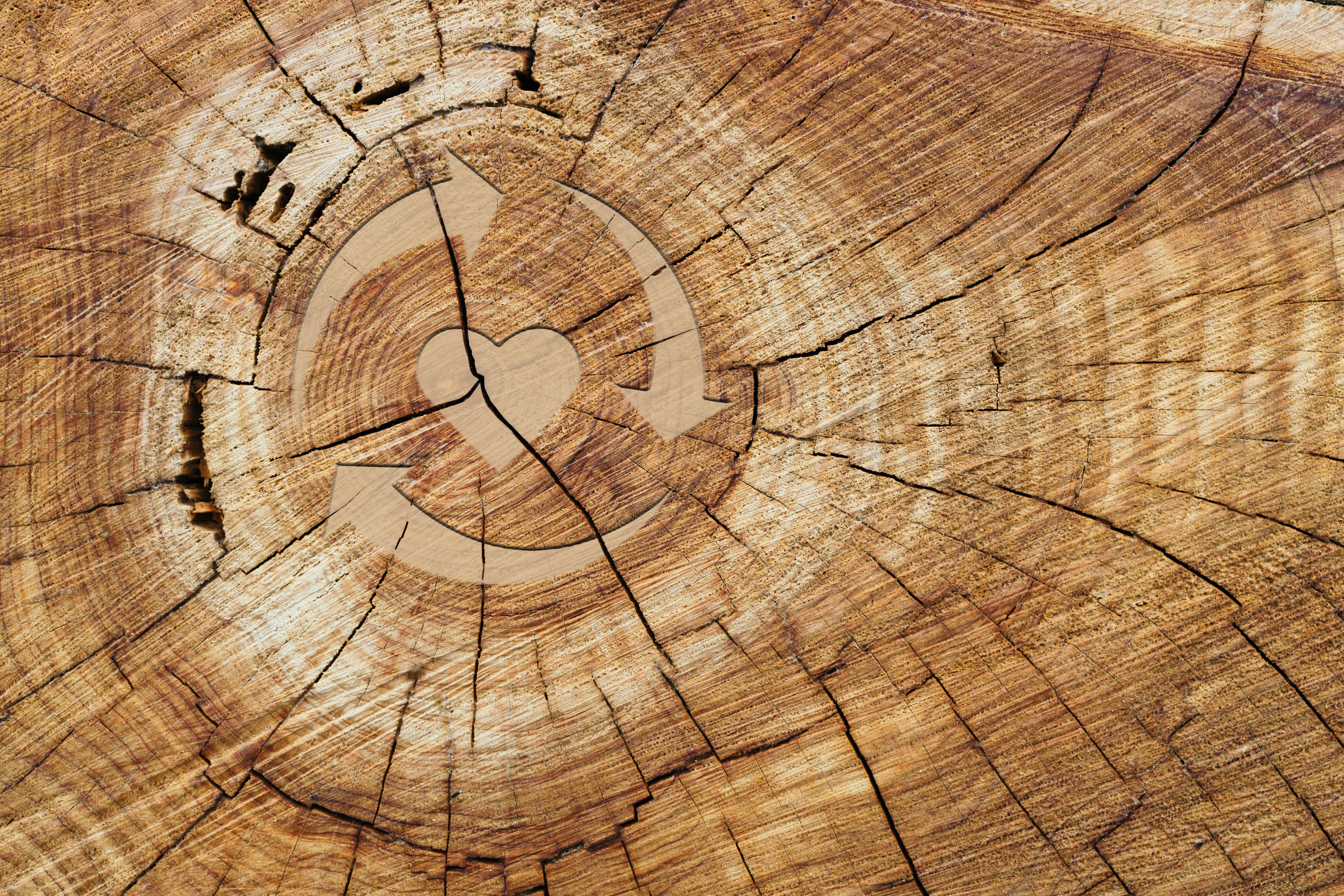The circular economy is hardly a new concept and it is one that is interrelated with sustainability. The core objective, encompassed in the 3R’s of ‘Reduce, Re-use and Recycle’ is that products, materials and resources remain in the economy for as long as possible, thus reducing the generation of pure waste.

Since the industrial revolution and later with all the advances in production lines, the economic and consumption system was summarized in three steps: Produce, Use and Throw Away.
Although in recent years an attempt has been made to close this scheme with a fourth stage of recycling, the facts are that aspect has not been able to cover, let alone close, the ever increasing scale of the problem. It’s estimated that only 9% of all plastic waste in the world has been recycled!

We have for a long time debated that Reducing and Reusing consumption, without ignoring Recycling, is the most effective means of ‘making a difference’.
Circular economy is modifying production and consumption
Most of the containers and outer packaging of all the products that are marketed, are used and thrown away. As a result, each year the global economy loses between an estimated $80 to $100 billion (USD value) corresponding to the value of unrecovered plastic materials.

More than 8 billion tons of plastic have been produced since 1950. According to the Ellen MacArthur Foundation's New Plastic Economy report, at this ongoing rate of production and recycling disparity, it is estimated that by 2050 there will be more plastic than fish. in the world’s oceans.
The solution is not simple, it involves modifying products from their conception. For example, since 2006, c.80% of Aquapax water cartons have been composed from renewable sources, which means that since Aquapax creation as a product there has been a decrease in pollution and CO2 emissions, when compared with alternative products made entirely from fossil sources, such as plastic, or from non-renewable materials, such as aluminium, or from CO2 intensive products, such as glass.
Lower environmental impact

An important point to highlight is that consumers are becoming more and more enlightened and aware of the problem. In so doing, they are increasingly involved in possible solutions, so while making changes in production may be expensive, there is a guaranteed market once these alternative products come into play.
In fact, there is a growing trend among consumers to look for products that have environmental seals or logos at the time of making their purchases, this has increased from 37 percent in 2013 to 54 percent in 2019, according to an Index produced by our carton material providers Tetra Pak .
We embrace the FSC seal, that guarantees our consumers that the cardboard that makes up our packaging comes from renewable sources. In a similar vein, we have the renewable logo, which certifies that both our caps and part of the internal lamination of our packaging is made from sugar cane. Our 1% for the planet seal further warrants that we continue to give back 1% of our ongoing sales turnover to environmental restoration.

Thankfully, more and more brands worldwide are looking for ways to reduce their environmental footprint. Try and make a point in seeking them out, and you can do it too. Keep the faith – together, we can and do make a difference!


Share:
Global Water Drinks Awards Finalist!
Quality Food Awards Winner!